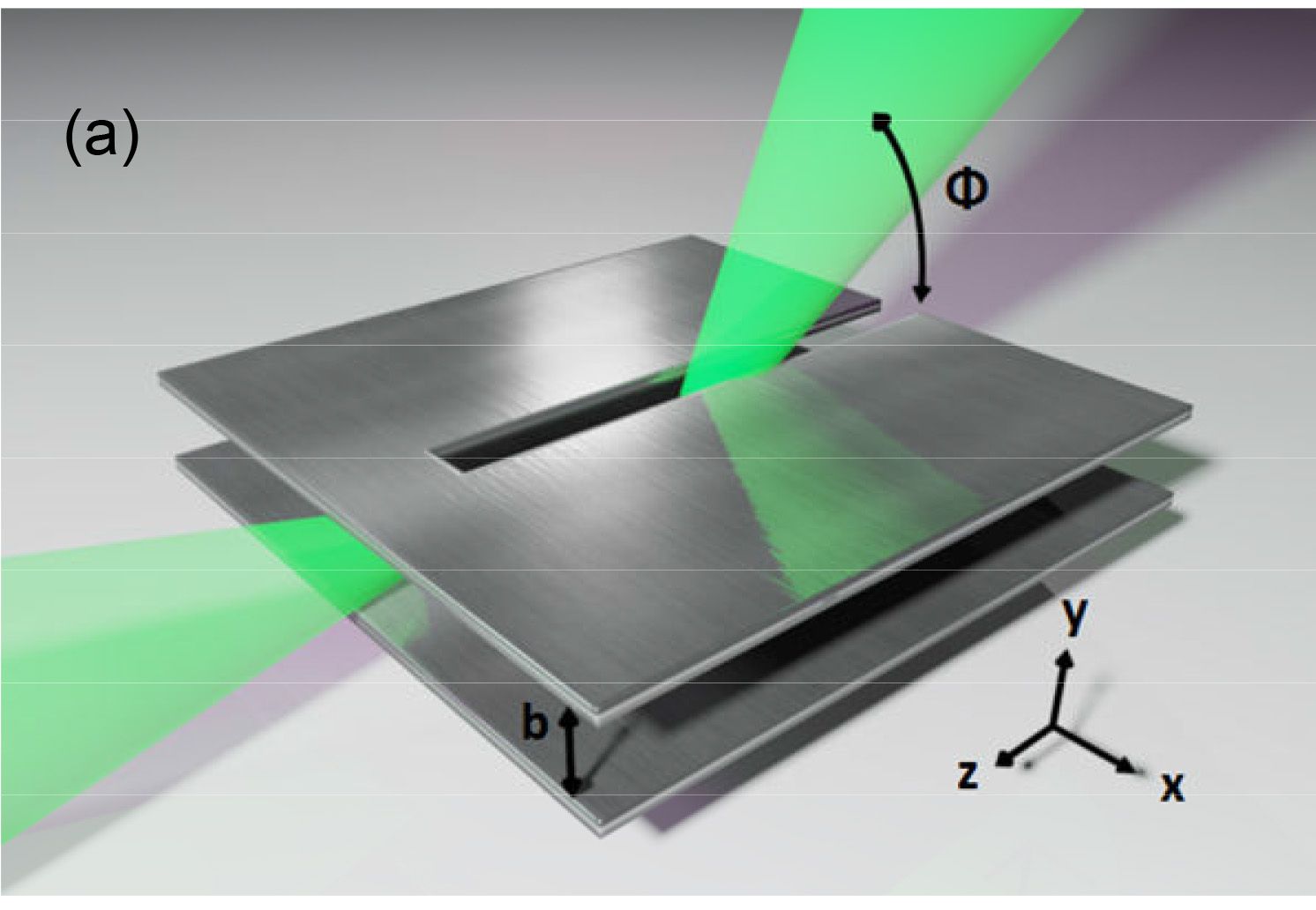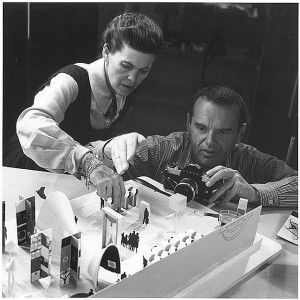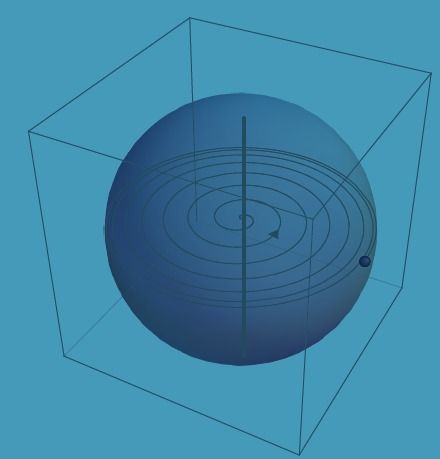Next January Stephen Hawking will be 74 years old. He has lived much longer than most individuals with his debilitating condition. In addition to being an unquestionably gifted cosmologist, he has invited controversy by supporting the pro-Palestinian, Israel-BDS boycott and warning about the dangers of alien invaders who tap into our interstellar greetings
Antisemitism, notwithstanding, this man is a mental giant. He is Leonardo. He is Einstein. Like them, his discoveries and theories will echo for generations beyond his life on earth. He is that genius.
Forty years ago, when Stephen Hawking still had mobility, he delivered a paper on a mystery regarding information-loss for entities that cross the event boundary of a black hole.
In the mid 1970s, Astronomers were just discovering black holes and tossing about various theories about the event horizon and its effect on the surrounding space-time. Many individuals still considered black holes to be theoretical. Hawking’s analysis of the information paradox seemed extremely esoteric. Yet, last month (Aug 2015) , at Sweeden’s KTH Royal Institute of Technology, Hawking presented a possible solution to the paradox that he sparked.
Continue reading “Stephen Hawking speaks with virtually no muscular movement” »














